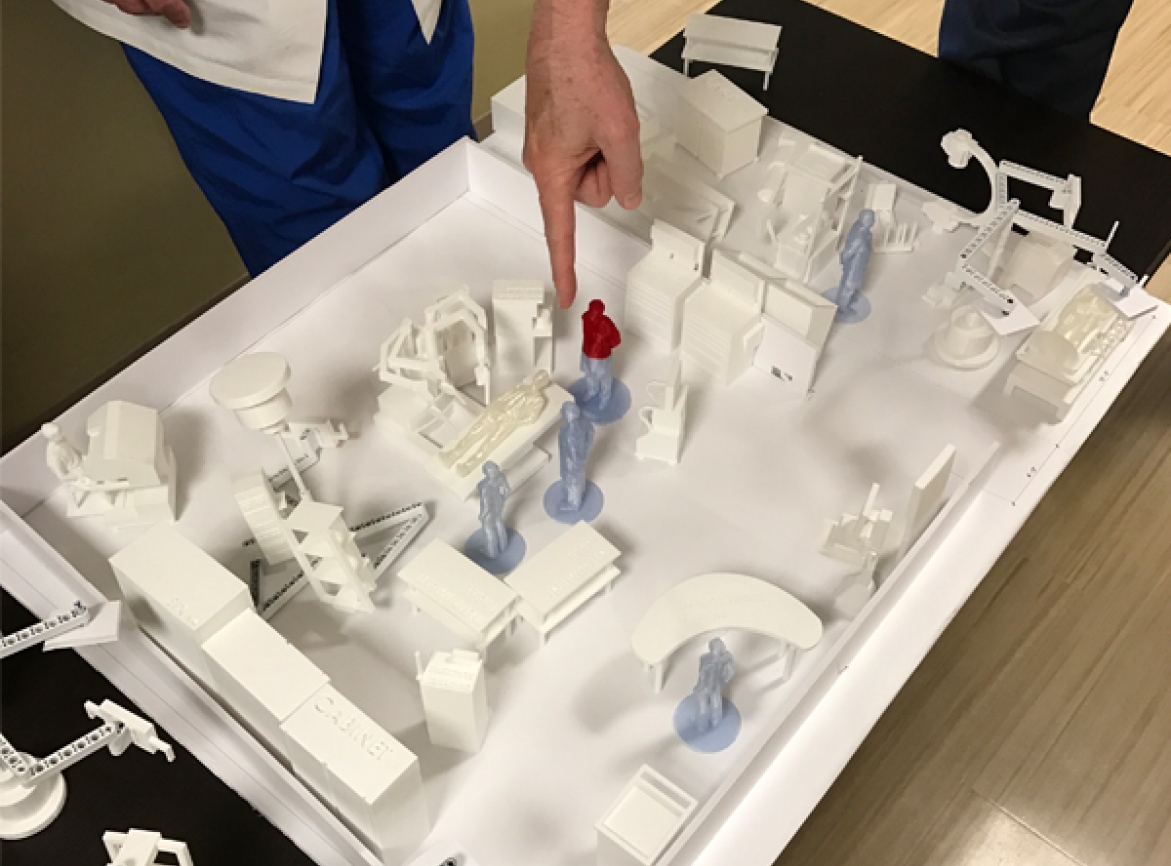Trauma: Extreme Emergency Care
When discussing Trauma care, the medical community characterizes our national shortage as, "where you live determines if you live." No where is that more true than in Houston's metropolitan area. With a Metro population of 6.5 million over roughly 10,000 square miles, access to emergency care for the most life threatening injuries is limited to only two Level One Trauma Centers, both located in the Texas Medical Center.
Over the past 3 decades, EYP has been Memorial Hermann's design partner in systematically expanding and improving the hospital's nationally recognized trauma capabilities. The latest step in this process has been the creation of the Red Duke Trauma Institute, which "brings together a world-class team of clinicians, researchers and educators armed with the latest in research and technology to deliver comprehensive, life-saving services to the residents of the Gulf Coast region." As part of this initiative, EYP designed a greatly expanded Trauma Center, significantly increasing surgical and diagnostic capabilities as well as a new 1,340,000 SF Patient Tower to serve as the backbone of the New Institute.
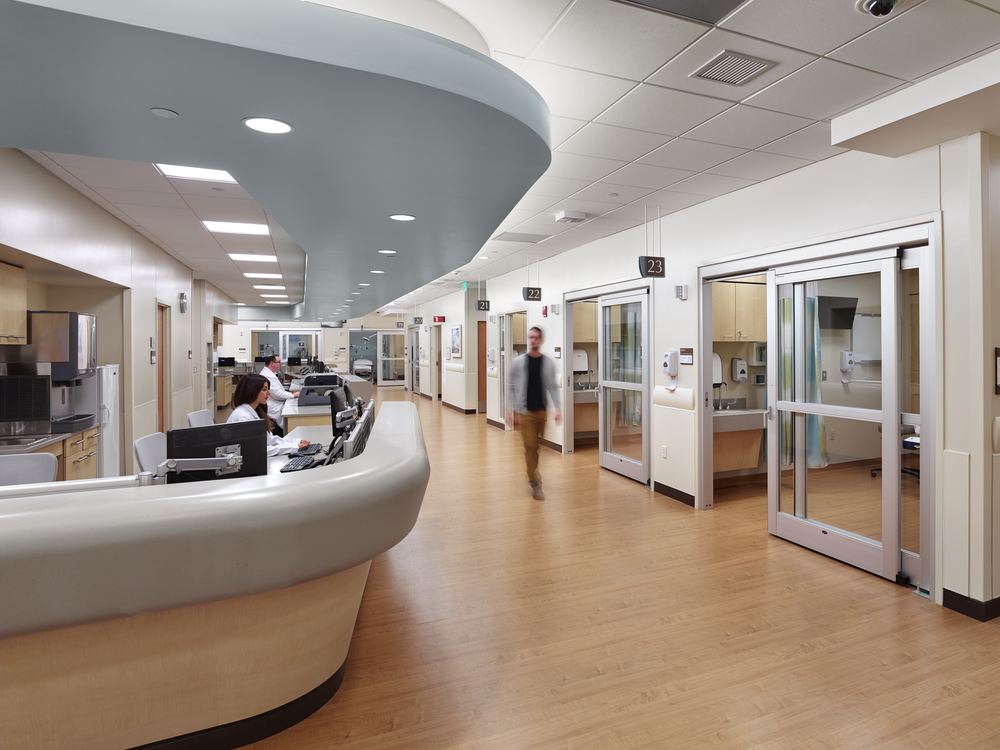
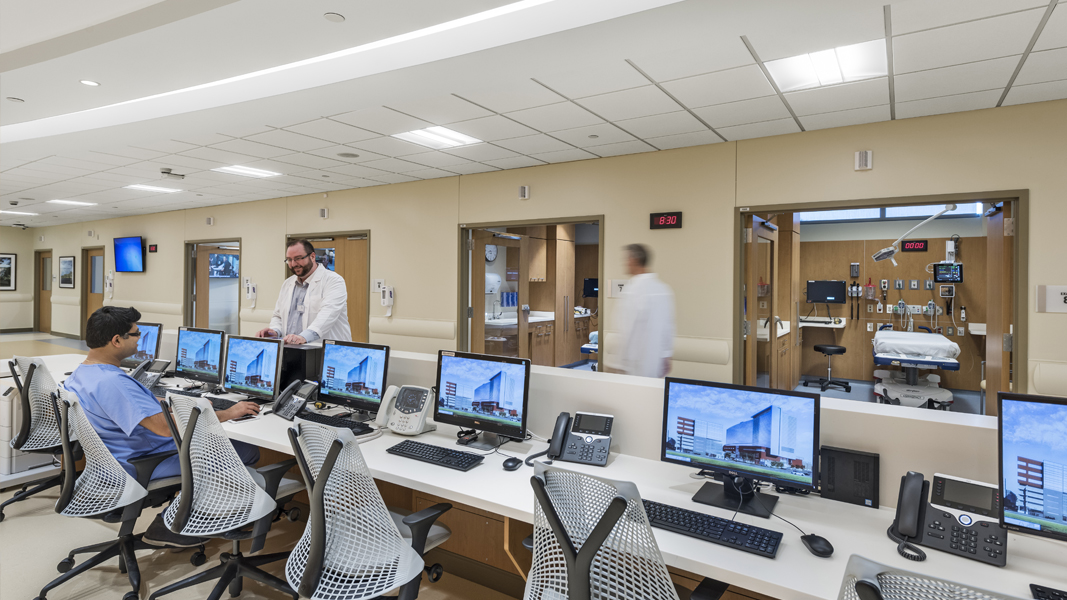
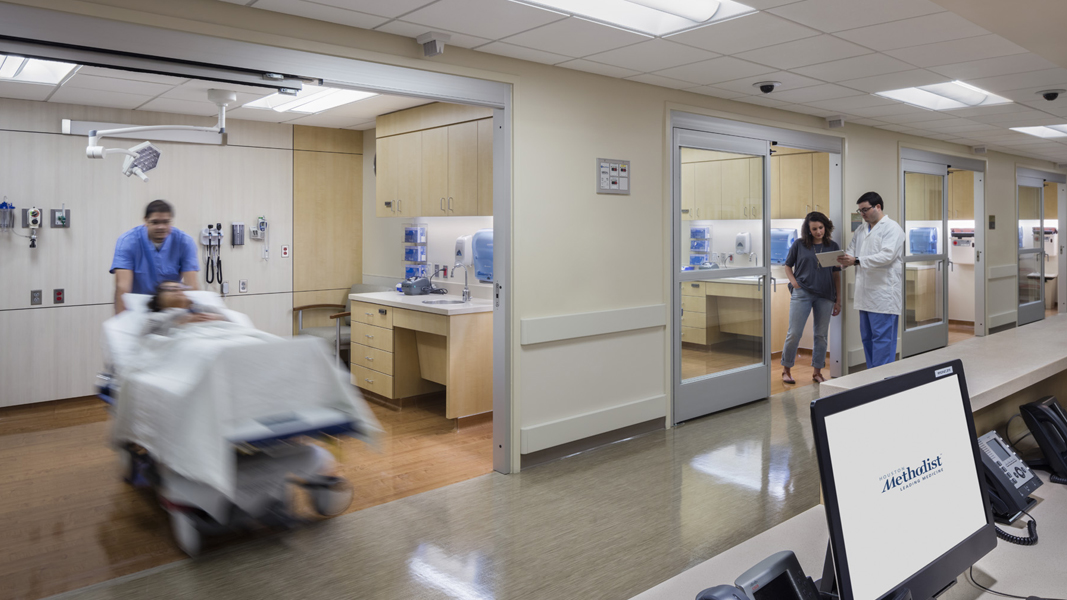
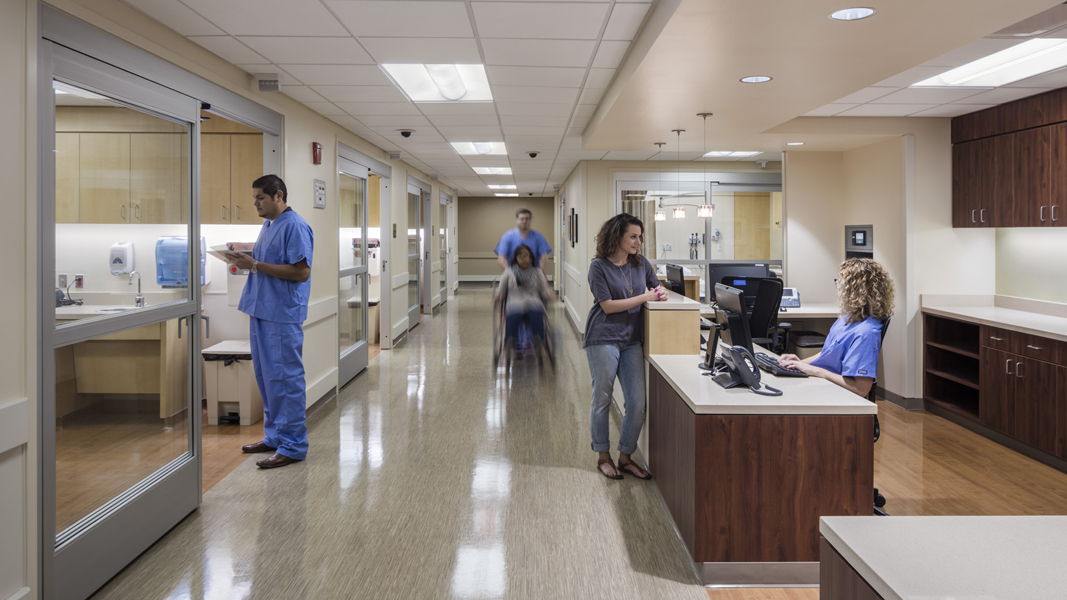
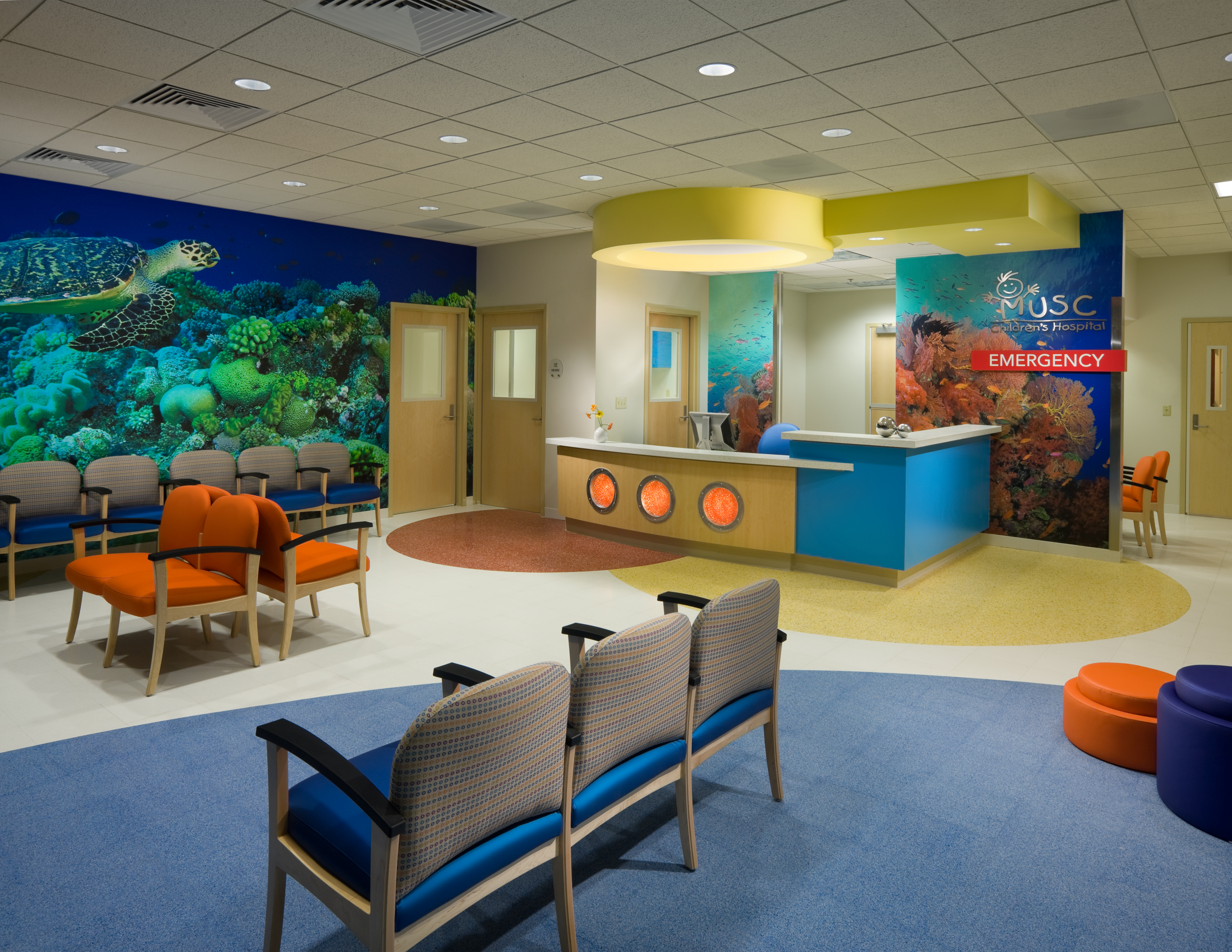
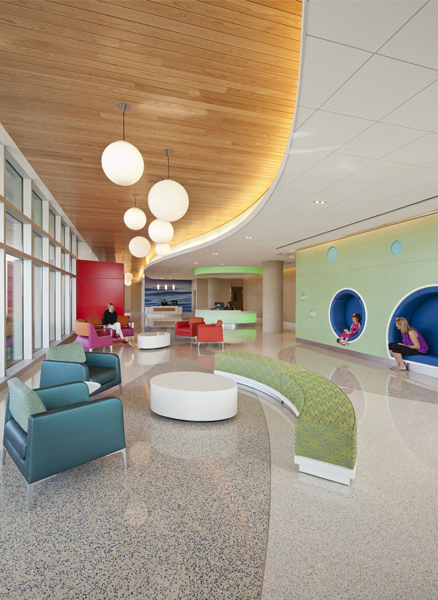
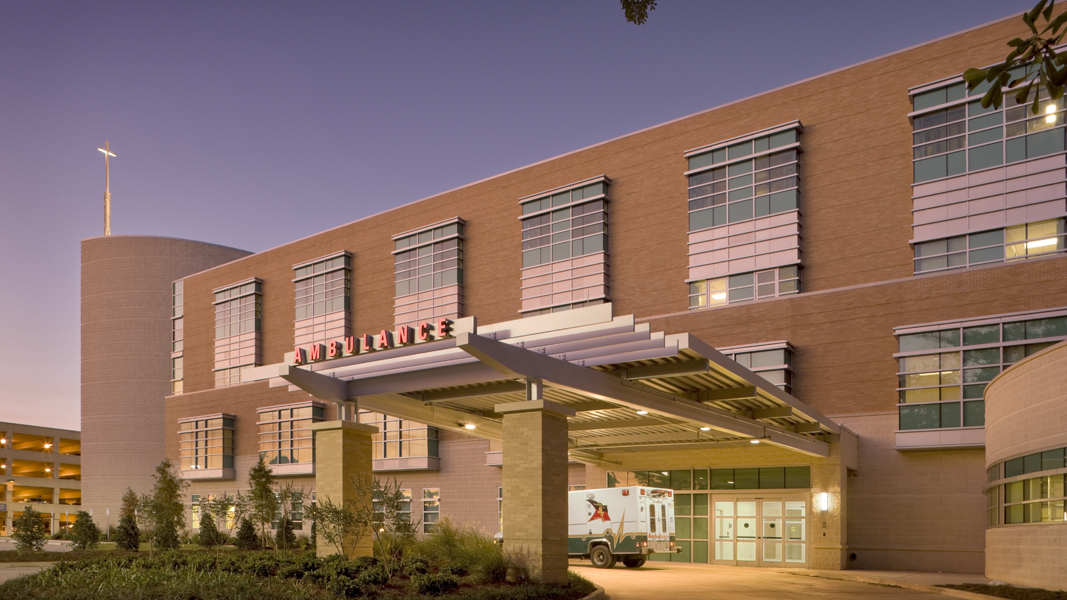
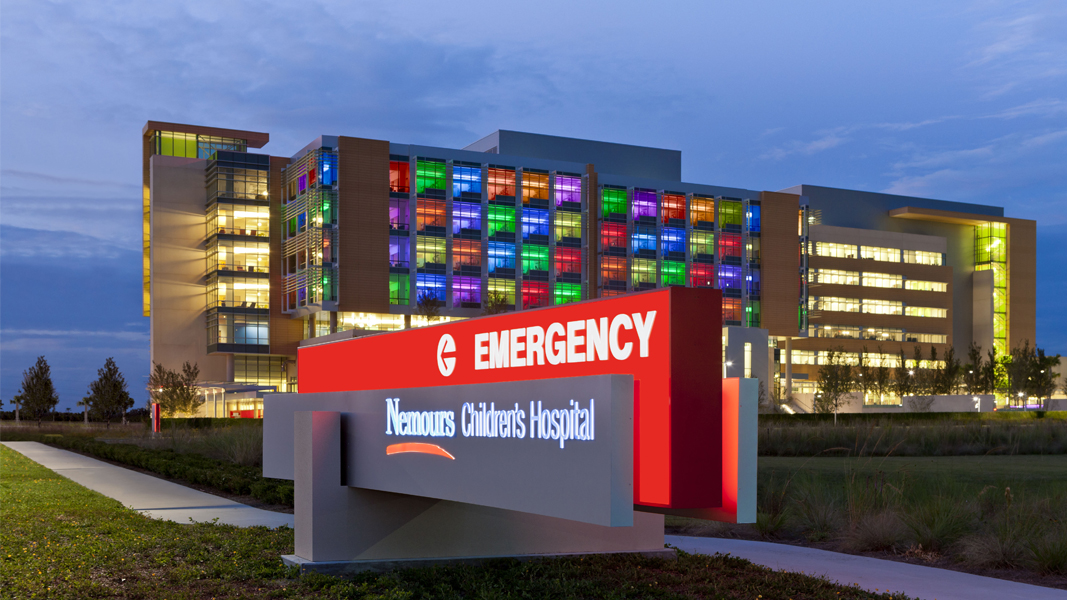

 Stamford Hospital
Stamford Hospital

